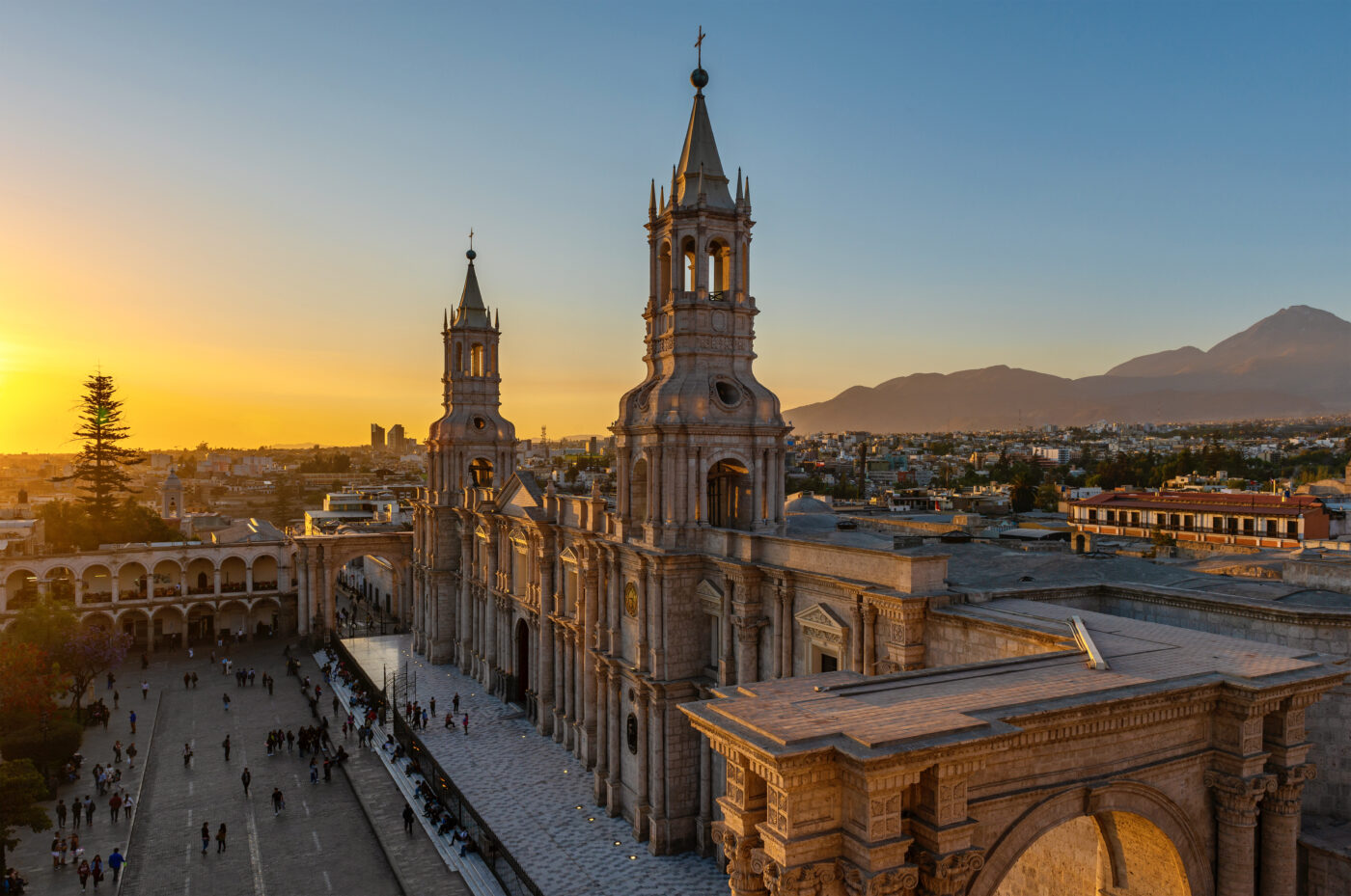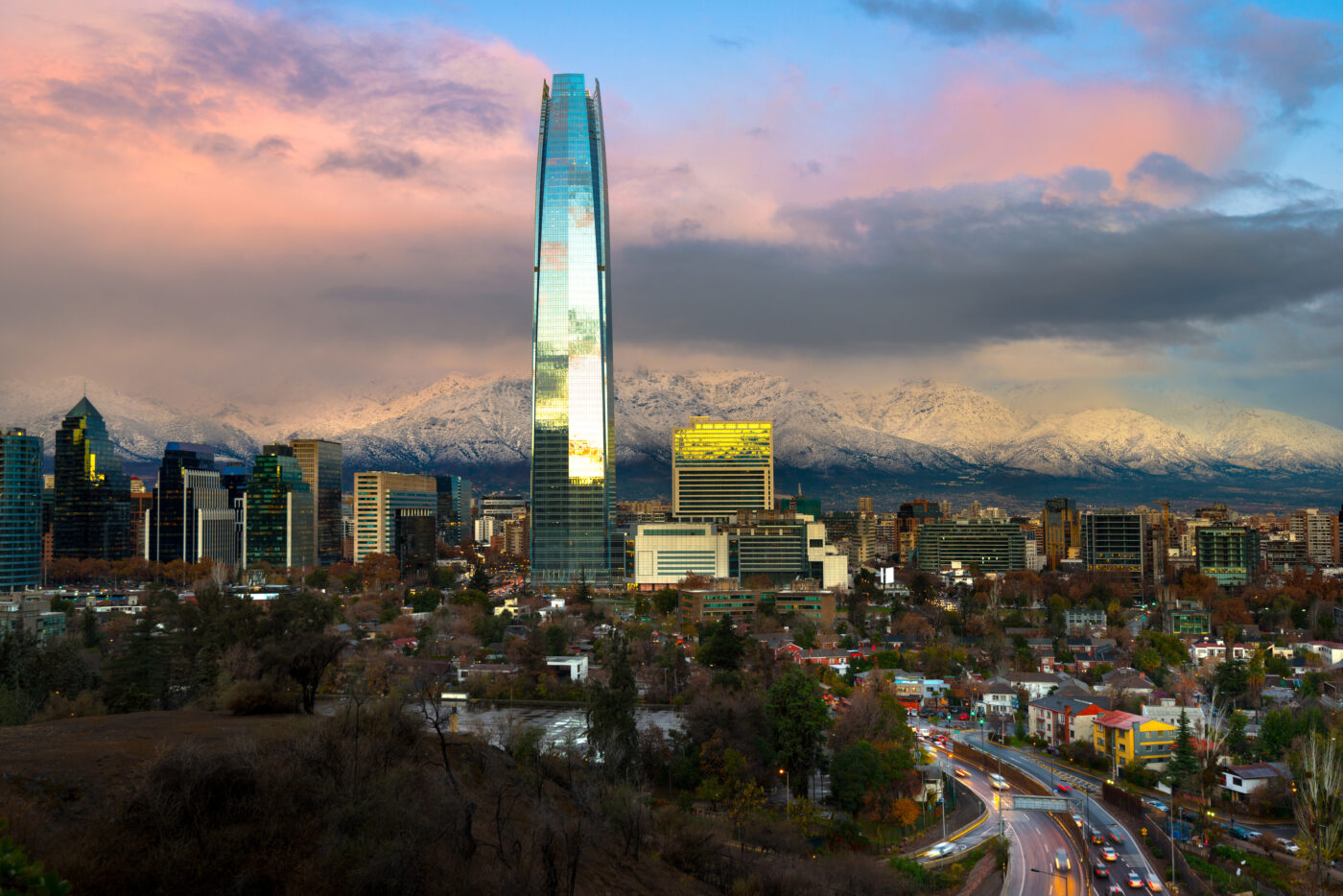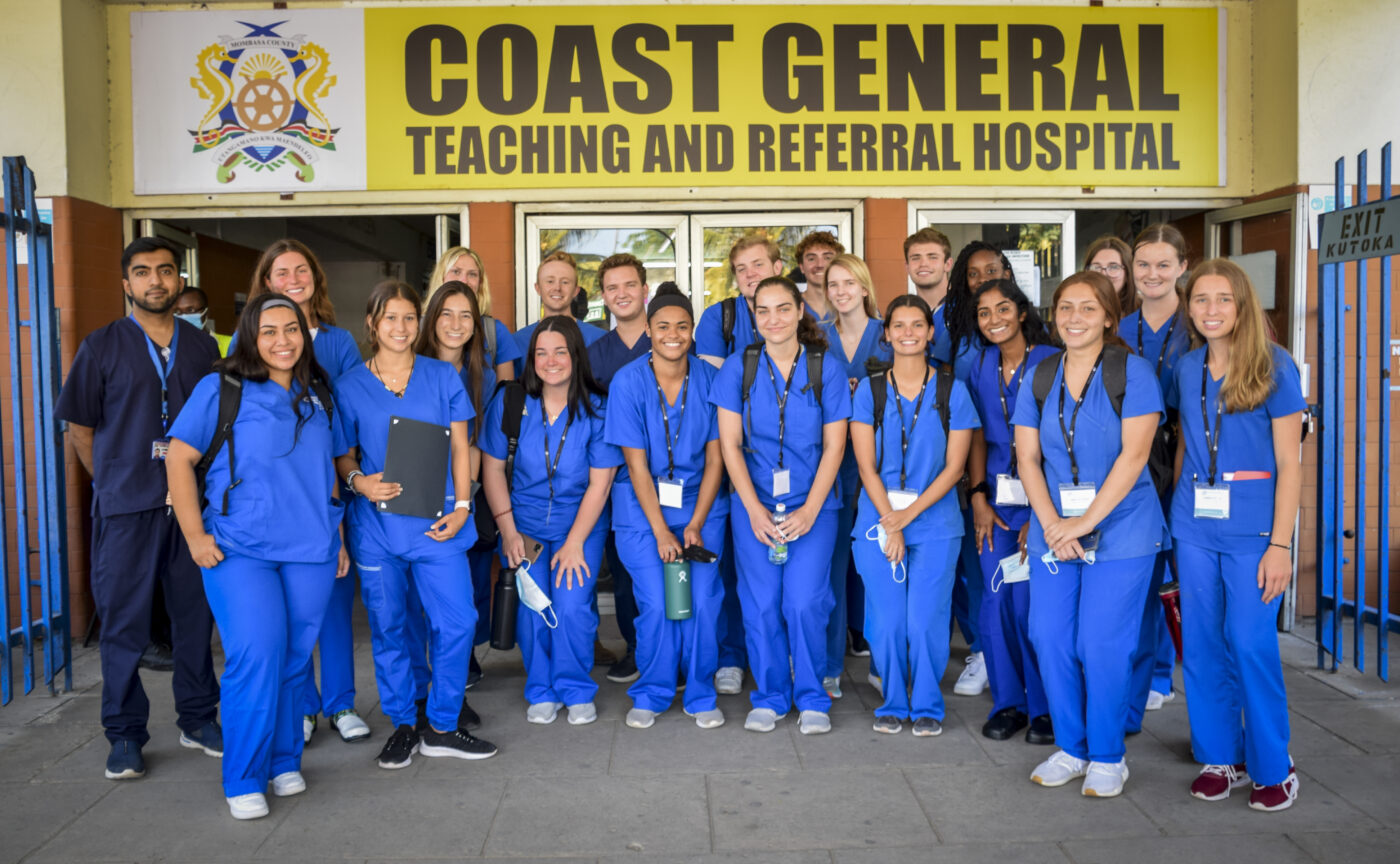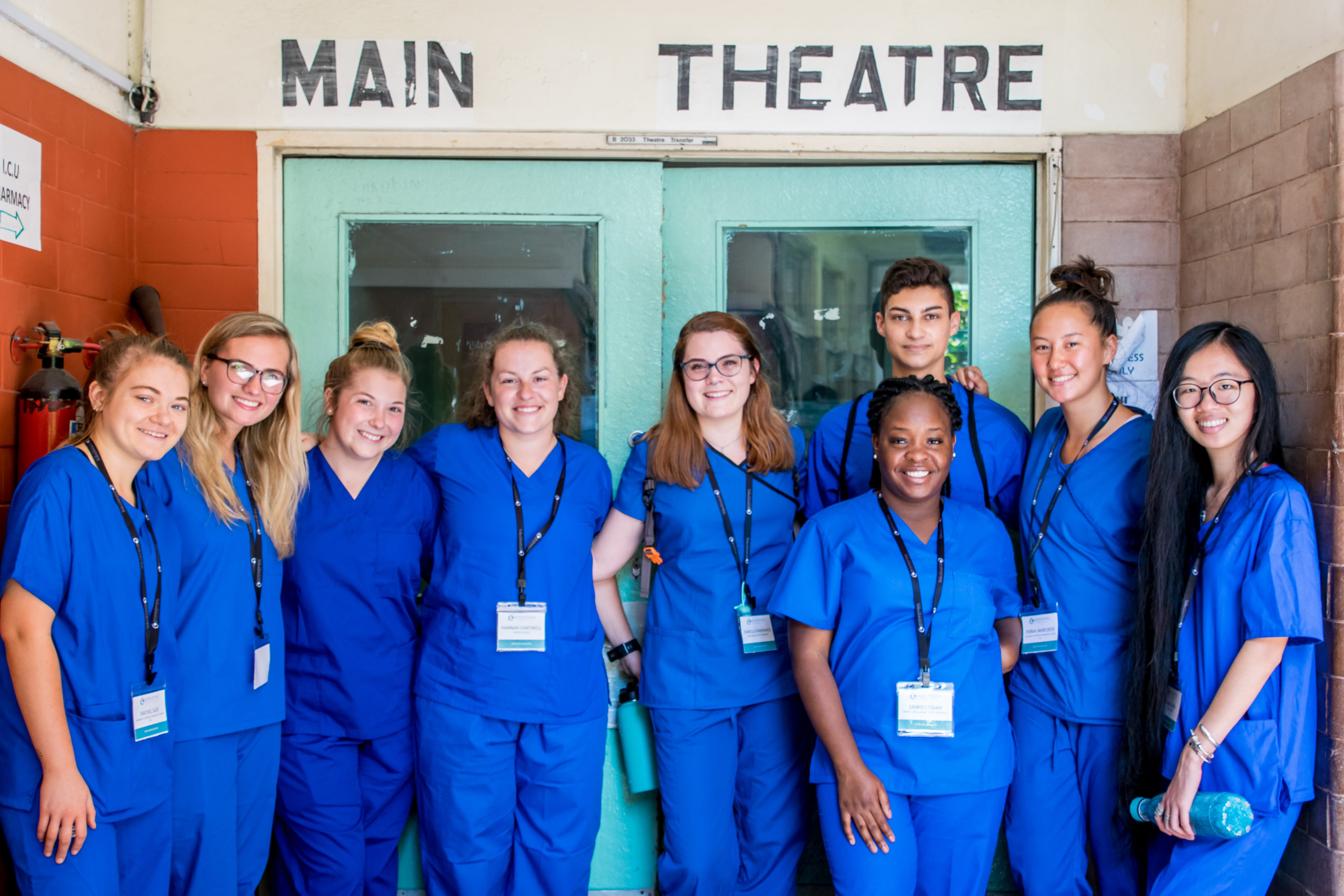Getting into a prestigious medical school is quite challenging. Applicants must have a stellar academic average and ace the Medical College Admission Test (MCAT). More importantly, they must have pre-medical experience, preferably clinical, laboratory, or research training.
A pre-medical internship is one of the best ways to build your resume and increase your chances of admission to a medical school. Several organizations have government, academic, and private-sector partners facilitating pre-med training in the U.S. and overseas, including the South American country of Peru.
If completing pre-med programs in Peru appeals to you, consider studying your options, including whether a private or public hospital may be the better setting.
Healthcare System in Peru: An Overview
Peru is a middle-income country located in the western part of the South American continent. It’s home to more than 33 million people who rely on both public and private healthcare services.
Peru has a decentralized health system. The Ministry of Health (Ministerio de Salud or MINSA) sets the policies and directives that regional and local authorities implement in their jurisdictions.
Healthcare access and delivery in Peru are done through the following:
- MINSA provides public healthcare through district, police, and armed forces medical facilities. They’re either primary, secondary, or tertiary facilities.
- Social insurance (EsSalud) is for the employed sector, retirees, and their families, who can access national hospitals and similar facilities for treatment.
- Private healthcare services are offered by non-government organizations, including profit and non-profit groups, through private hospitals.
MINSA’s public health insurance program, Seguro Integral de Salud (SIS), covers about 60% of the population. Most SIS recipients are low to extremely low-income families and pregnant women. MINSA has authorized some hospitals to provide services to the uninsured sector.
Meanwhile, the Ministry of Labor’s EsSalud is the second largest at 25%, while the rest of the population relies on the Armed Forces and National Police or private insurance.
As of 2022, the country had the following healthcare facilities:
- Almost 1,000 Hospitals
- 1,400 Operating Rooms
- Around 30,000 Hospital Beds
Peru’s public health facilities can’t accommodate everyone due to limited resources. However, according to a recent World Health Organization report, the government has made strides to improve the country’s public healthcare systems by strengthening primary care capacities, increasing healthcare spending, and investing in infrastructure.
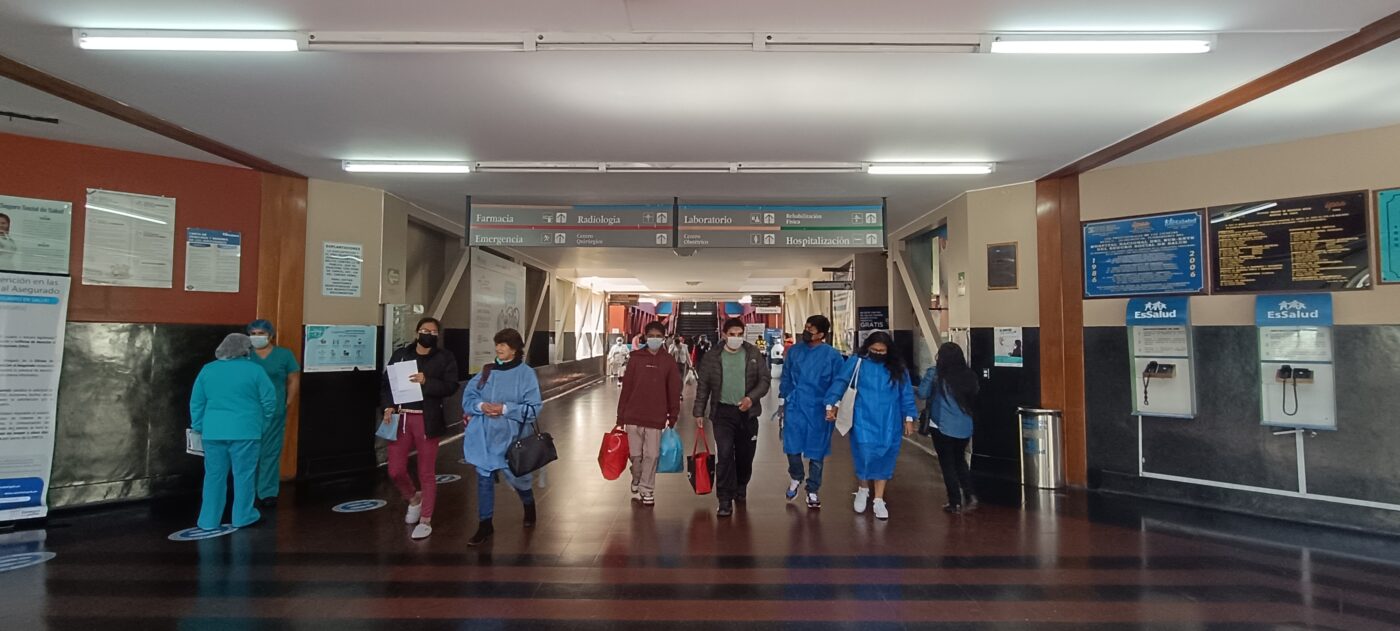
Peru’s Private Healthcare
Most private hospitals and clinics in Peru have advanced medical equipment and are adequately staffed. The only downside is that they’re costly, especially for most locals.
Besides being relatively expensive, most private hospitals are located in the capital, Lima, making them inaccessible to patients in remote areas. As such, only a small portion of the population relies on these facilities for treatment.
Pros and Cons of Working in Public Hospitals
Generally, public hospitals in Peru adhere to good standards. But the resources and facilities in these hospitals are lacking. There are 8,900 public primary care centers in Peru, but around half of these don’t have a doctor, and 90% don’t have adequate infrastructure. The government has created a plan to improve and spread the resources, including health workers, around the country.
Pros
- Strong Work Ethic
Government healthcare workers sometimes multi-task and work long hours to address staffing problems. While shadowing, pre-med workers can witness how highly dedicated and committed staff thrive in challenging settings and learn to apply them in the future. As such, they become more adaptable in tough situations and capable of handling difficulties with better success.
- Better Exposure to Different Specializations
Government hospital workers in Peru accommodate thousands of patients with different health conditions. As such, doctors with different specialties, for instance, internal medicine, obstetrics-gynecology, and surgeons, are employed in public facilities, especially in primary hospitals. If you haven’t decided which field to specialize in, interning in a public hospital with such a setting can help.
Cons
- Strained Resources
Working in public hospitals means staff members don’t have all the resources. This means healthcare staff can’t extend life-saving services all the time, hampering your learning as a pre-med intern. As a result, you may become frustrated and more susceptible to medical burnout if you can’t handle stress well.
However, a lack of resources can still be seen as a learning opportunity for interns to be resourceful and think on their feet, which are highly desirable skills in medical school and your future practice.
Pros and Cons of Working in Private Hospitals
Private hospitals are mostly limited to patients who can afford them, so they tend to have lower patient rates.
- More Meaningful Patient Interactions
Because private hospitals tend to have a better staff-to-patient ratio, you’ll have more time to interact with patients.
- Better Focus
You and your mentor don’t have to rush or face multiple issues simultaneously, so you can focus better on learning the ropes of hospital work.
- More Flexibility
A more manageable workload means you’ll spend less time thinking about your training post-clinical duty. This allows you to achieve a better work-life balance.
Cons
- Less Medical Activities
Conversely, some private hospitals may not have a wide support network that public facilities enjoy. In other cases, these facilities might specialize in treating certain diseases. Their restrictions can limit your learning experience as a pre-med intern. Although if you’re interested in their specialization, you can still enjoy working and learning in this type of hospital setting.
Final Thoughts
Pre-med internships help aspiring medical professionals gain and develop the skills needed to excel as a student and future practitioner. Likewise, they facilitate a deeper understanding of each role, as the medical sector has multiple fields.
Before choosing which setting you’d like to explore, revisit your internship goals and ensure they align with the activities lined up for your pre-med training.



